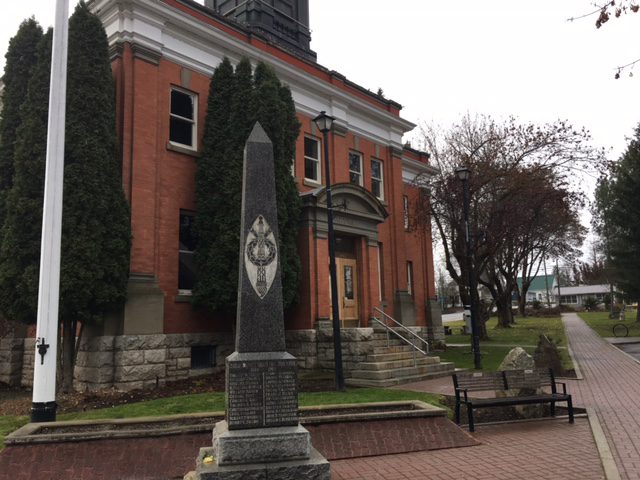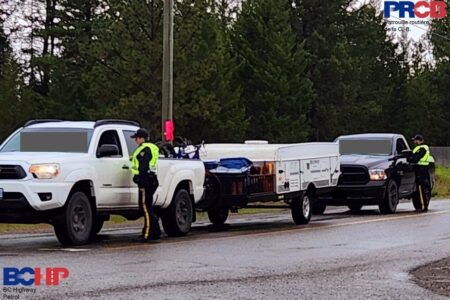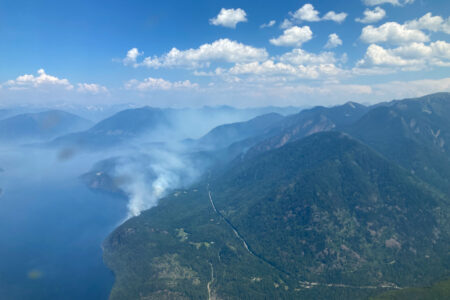Council nails down mill rate and sets the municipal tax take for 2018
The budget numbers have been offered up as grist for the mill as the city set the tax take for the various property owner classes in Grand Forks for 2018.
The city will be bumping property taxes by three per cent, with themajority of the revenue being contributed by the residential property owners (55.31 per cent).
In Grand Forks the city crafts and drafts its budget before it setsthe mill rate. Once it has determined the final amount, the city figures out how much of the load the different tax classes will shoulder to total that amount.
The mill rate, also referred to as the millage rate, is a figurerepresenting the amount per $1,000 of the assessed value of property, which is used to calculate the amount of property tax.
Grand Forks city chief financial officer Juliette Rhodes said the millrate is calculated based on the total revenues needed, and the city used the multiples for each tax class.
Section 197 of the Community Charter requires the city to adopt anannual property value tax bylaw to establish the tax rates for the collection of municipal revenue as provided in its financial plan, as well as the amounts to be collected on behalf of other local governments or public bodies.
The amount of 2018 property tax revenue included in proposed 2018-2022Financial Plan Bylaw is $3,804,524. Total revenues for the city are $18,488,324, and also include $6.3 million in grants, $7.8 million in sales of services and user fees and $161,226 in parcel and frontage taxes.
The city is only expected to spend $13,325,231 according to thebudget, leaving a $5.16 million surplus for the year. Purchases for resale is the largest city expense at $3.5 million, with amortization eating up the second most at $1.9 million followed by Parks, Recreation and Cultural services at $1.39 million.
General government was the fourth highest city expense with $1.29million expected to be spent. Transportation services was fifth at $1.26 million.
The 2018 Tax Rates Bylaw was introduced to the city council committeeof the whole on April 9 with three options for distributing tax revenues across the various property classes.
The city had established policies regarding property taxation in itsannual financial plan and asset management policy which, in general terms, state:
- that tax shifts and redistributions between the classes will only be undertaken after considerable review and phased in gradually over time; and
- in setting tax rates, council will take into consideration the tax rates and conversion ratios of other municipalities and the tax share borne by and conversion ratios for each property class.
The road to fiscal responsibility
Two sections of the Community Charter require a municipality to adopta five-year financial plan annually, before the property tax bylaw adoption deadline of May 15, and to include public consultation as part of the financial planning process.
Three public budget workshops were conducted in January and February2018, with a draft 2018-2022 financial plan presented for review at the final workshop. The proposed financial plan bylaw was introduced to the committee of the whole on March 12 and presented for first three readings at the March 26 regular meeting of council.
The 2018 budget includes a property tax revenue increase of three percent and provides for a contribution of $1.4 million to reserves forinfrastructure renewal.
Milling around
The committee of the whole selected the mill rate option which set revenues from class four major industry at the same amount as 2017.
The residential tax rate under this option is $4.8974 per $1,000 ofassessed value.
The tax rates for the regional and hospital districts are determinedby the amount levied by those authorities, and are based on legislated provincial class multiples.
Based on option two rates, residential pays the majority of propertytaxes in Grand Forks at 55.31 per cent (tax rate of 4.8974), while major industry is next at 21.11 per cent (tax rate of 43.3561).
Business shells out 20.70 per cent (11.7048), light industry 1.45 percent (14.3494) and utilities 1.39 per cent (40.00). Recreation/non-profit and farm made up less than one per cent of property value taxes.
The due date for payment of taxes is July 3.






















